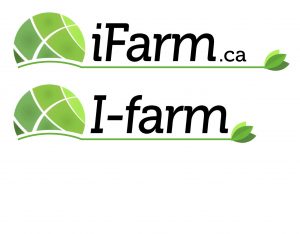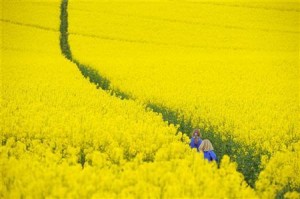The price of British farms will rise higher than any other class of real estate in Europe over the next four years driven by investors buying farmland to capitalize on growth in global demand for food and also to shield wealth and pay less tax.
Farmland values will rise 37 percent by 2016, beating forecast growth for gold, oil, ten-year British government bonds and homes in London’s most exclusive neighborhoods, according to data compiled by Oxford Economics and the research arm of property consultant Savills.
The United Nations’ food agency has estimated that the world will need to boost cereals output by 1 billion metric tons (1.1 billion tons) and produce 200 million extra metric tons of livestock products a year by 2050 to feed a population projected at 9 billion people, up from 7 billion now.
And diets in developing countries increasingly include items common in the West such as bread and potatoes, which will further boost the value of British farmland where such crops are grown, Savills director Alex Lawson said.
“Combined with that there are income tax, capital gains tax and inheritance tax advantages to putting your money in farmland,” Lawson told Reuters, referring to the higher levels of tax relief for farmland owners.
Farmland will even outshine offices in London’s West End district, where prices are kept high by companies like hedge funds and technology firms competing to rent a limited supply of space, the data showed.
“UK farmland will be the top performing real estate in Europe and potentially the world,” Savills head of rural research Ian Bailey told Reuters. “Supply is tight and demand is especially strong for arable crops like wheat and rape.”
This scenario has increased investors’ focus on agricultural land globally as an asset class. Grain, a non-governmental organization that promotes the sustainable use of the world’s resources, last year estimated that between $5 and $15 billion of pension fund money was invested in global farmland, a figure it said would double by 2015.
The average value of British farmland has trebled over the past decade to about 6,000 pounds ($9,300) per acre, though prices of 10,000 pounds and upwards can be paid for larger tracts of land and the high quality arable farms in east England.
The British farmland market is the most transparent and liquid in Europe, creating stronger levels of interest than markets like France from private investors and institutions which, combined with a limited supply, will fuel the price growth, Bailey said.
British farmland has broadly tracked the price of gold over the last several decades as a safe haven investment and defensive hedge against inflation, though the price of gold is expected to fall by 2016, Oxford Economics said.
Ralf Oberbannscheidt, portfolio manager at DWS Invest Global Agribusiness, which has more than two billion euros under management, said UK farmland was a good investment but warned that widespread private ownership left investors open to taxation from the government should crop prices rise dramatically, as opposed to in countries where a lot of land belongs to the state.
“There might also be other more interesting pockets globally where farmland is relatively cheap because the yield can be doubled or tripled with better technology,” he said, noting investors might not be able to wring as much value from UK land due to the country’s greater use of technology.
Last year, farmers buying land to expand accounted for 61 percent of purchases. Savills director of residential research Yolande Barnes said wealthy individuals and institutions are attracted to farmland’s safe annual agricultural yields of about 3-4 percent.
“It is an obvious no-brainer choice for most pension funds,” she said, though limited supply can make it difficult for fund managers to buy a sufficient quantity to have an impact on the overall portfolio balance.
“There is nothing flash about the income performance,” Lawson said. “But unlike an Icelandic bank, farmland is not going anywhere.”
($1 = 0.6427 pound)


